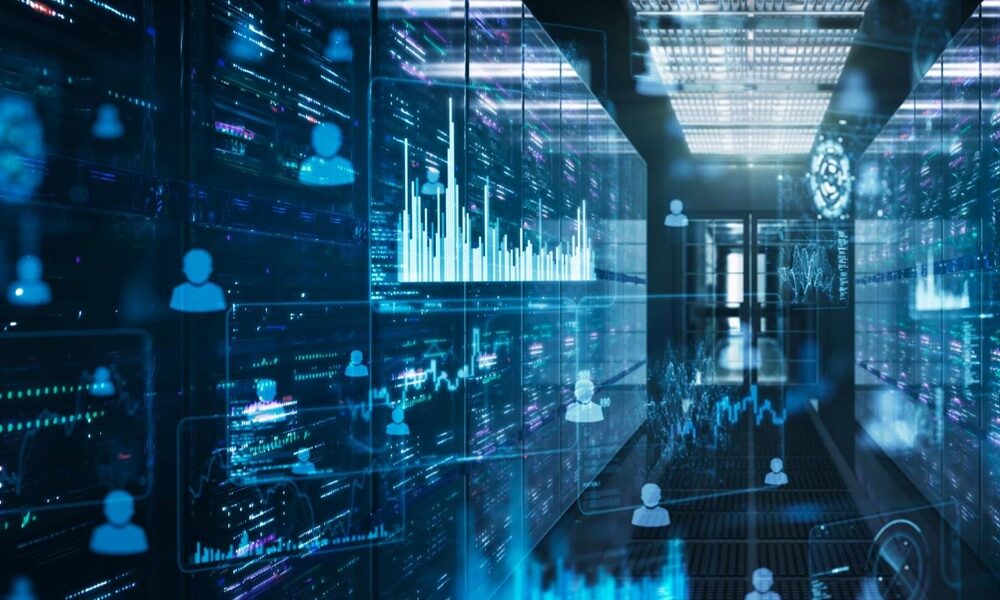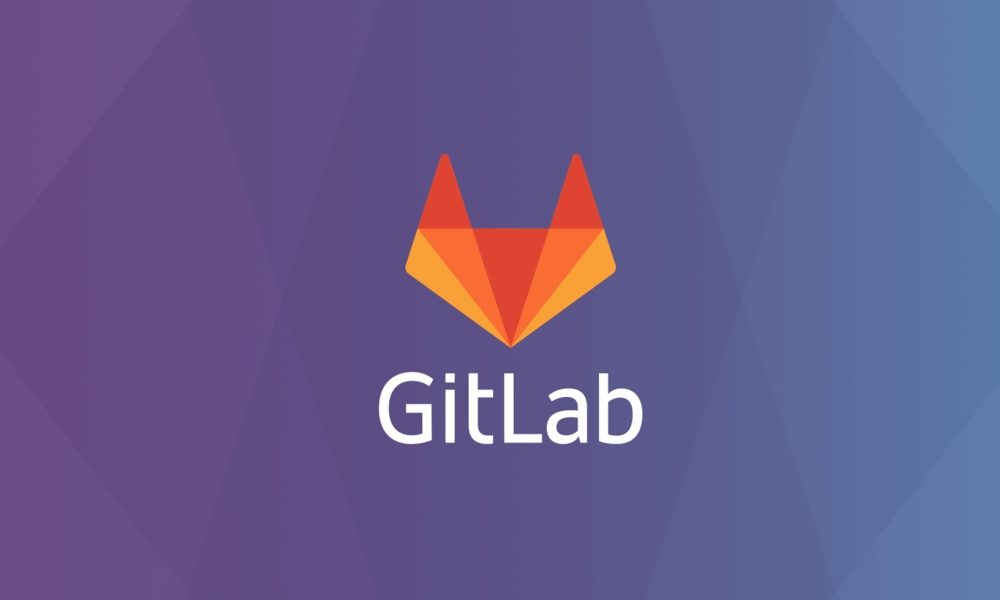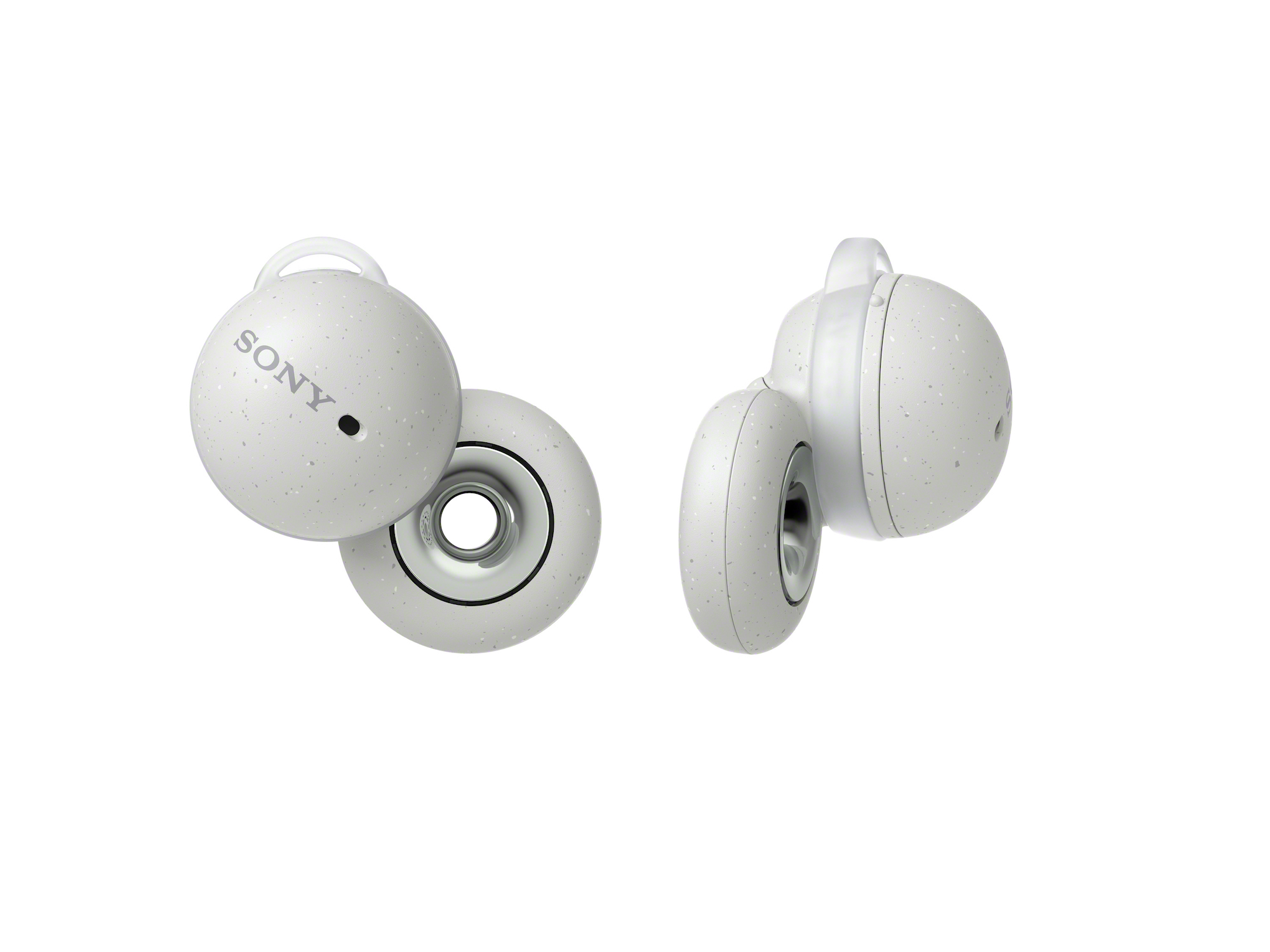
At present, without knowing it, we travel at the speed of light; What 5 years ago seemed impossible to us, today has become everyday. 3D Printing, Unmanned Aerial Vehicles (UAV), cryptocurrencies, are some examples. And, how could it be otherwise, the industry was not going to be left behind in this continuous disruption.
Today, we can affirm that the wall that separated the physical world from the digital world has fallen. This, taken to industrial terms, is materializing in the coexistence of Design and Production moments. Ten years ago, the development cycles for a car (ideation, design and manufacture) were about 5 years; today, it would be unfeasible. This is just one tangible example of how the design, development and manufacturing cycles have begun to coexist, which would not be possible if we had not reached a certain technological maturity and adopted new paradigms, such as:
- Spatial Reality technology (Virtual and Augmented, mainly) has reached a level of computational maturity, both in terms of Hardware and its models and algorithms.
- blockchain: thanks to this technology, new paradigms, such as the digital identity of individuals and products, are beginning to be very real
For this reason, it seems reasonable that we intuit that we are at the dawn of something new and disruptive, likely to become commonplace in the coming years or months. There are already those who, at an industrial level, have baptized this new era as the Industrial Metaverse; others speak of Industry 5.0. Of all this, what fascinates me is not the speed with which the changes are taking place, but the need to want to be in something that is not yet known, but in which we all intuit that we must be.
The Industrial Metaverse implies that designers, developers and clients relate to each other through new interfaces -now known as immersive experiences-. This makes it possible to build digital twins of products where we can have immersive experiences to improve or change them with our customers; and always coexisting the moments of design and manufacturing.
These new interfaces will evolve before we know it and, before long, we will be talking about our brain as a user interface, making the border between the digital and physical world invisible. Incredible as it may seem to us, this will enhance human presence, recovering part of the prominence ceded to machines and sharing responsibility for our design, development and implementation processes. In addition, this new industry will be increasingly sustainable, since these product development models reduce the carbon footprint and promote the circular economy.
Before us, we have the great challenge of continuing to transform and adapt our industry, for which we need to write history and continue to be firmly committed to changes in the Industrial paradigm.




